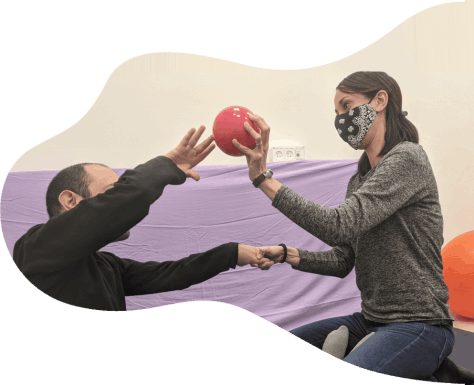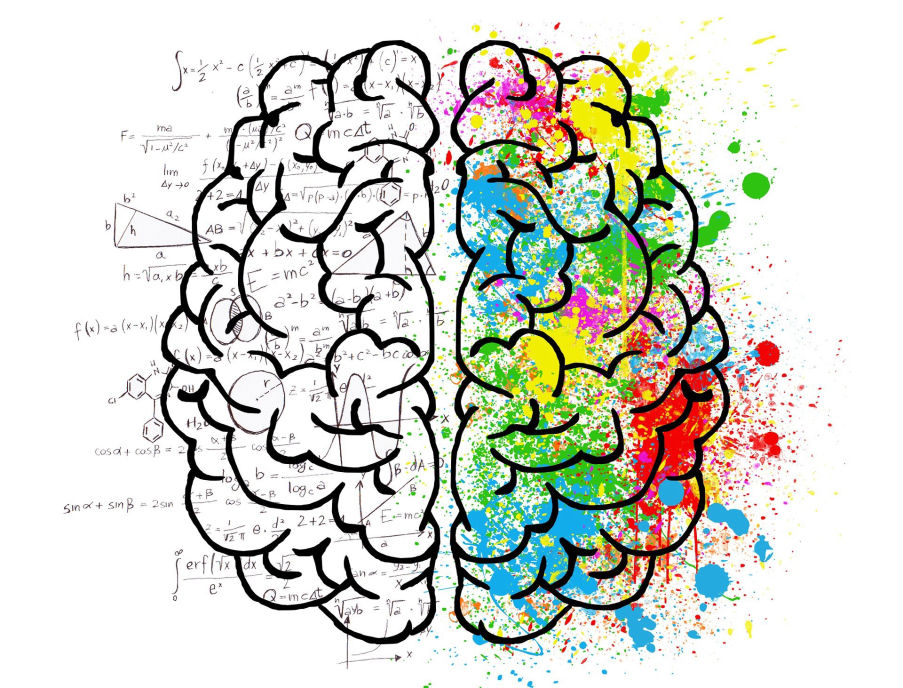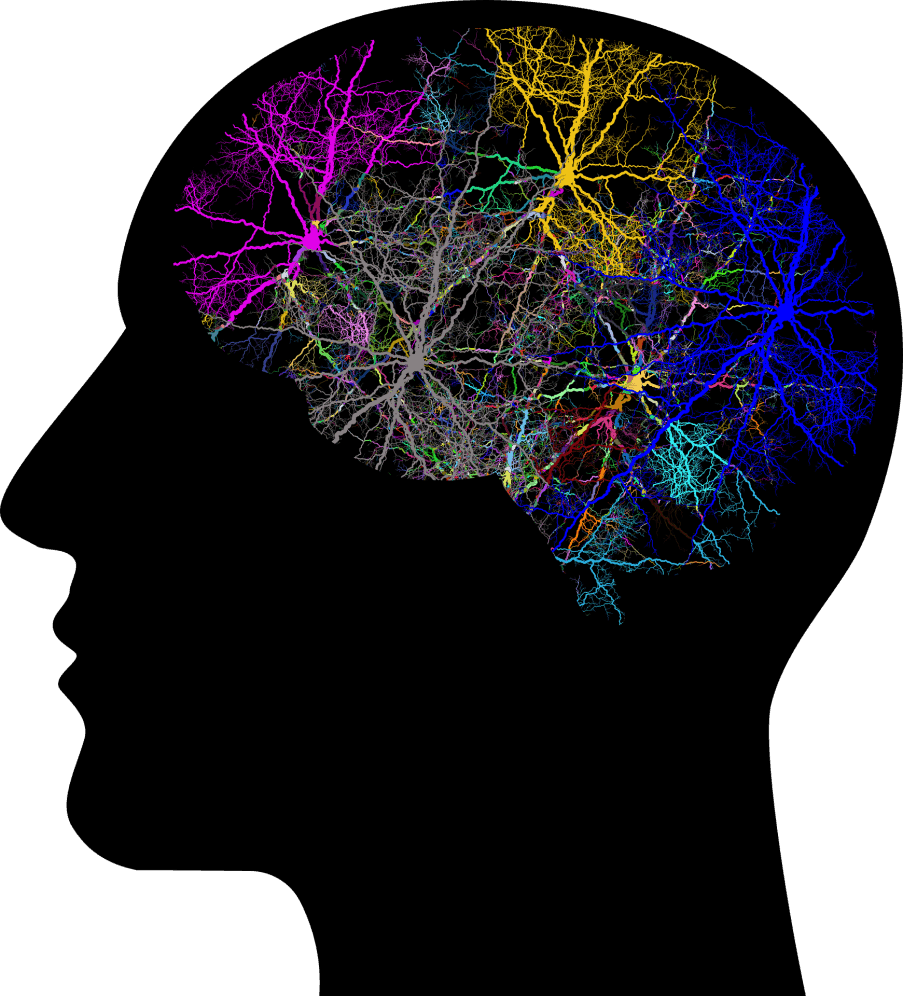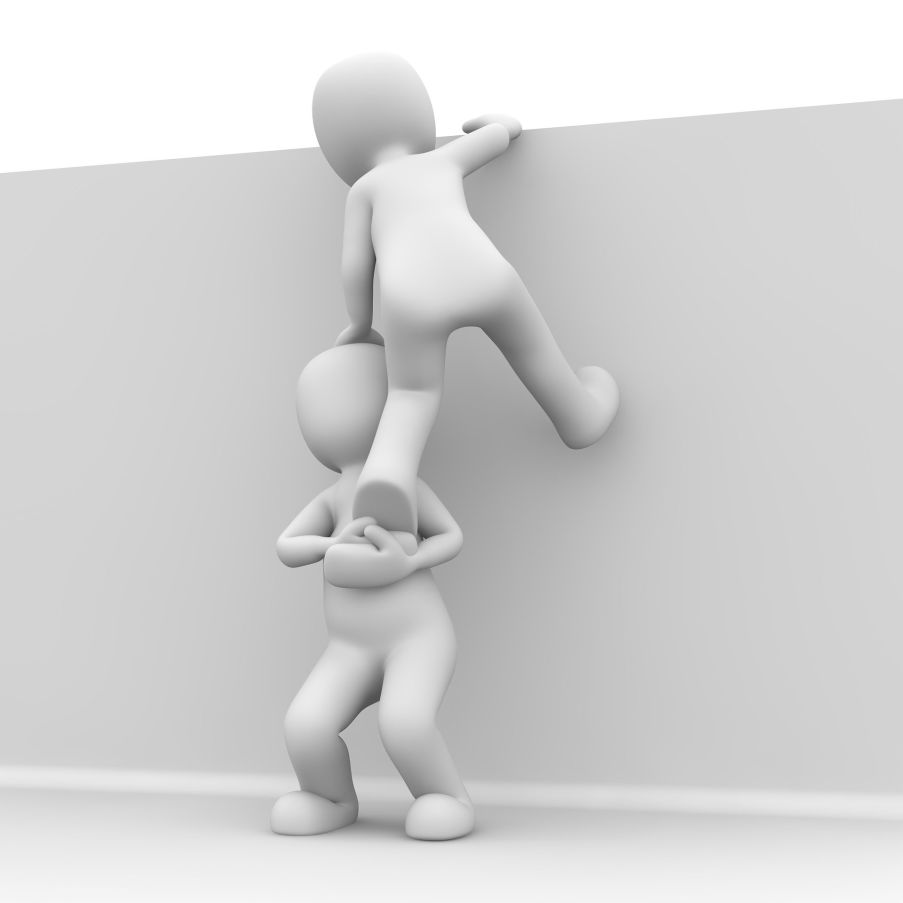Motor Learning
Which could be defined as: The process of acquiring a skill by which the learner, through practice and assimilation, refines and makes automatic the desired movement". or “A set of internal processes associated with practice or experience leading to relatively permanent changes in the capability for skilled behavior”.
Motor learning describes skills that are learned through practice; these skills do not emerge because of other factors such as neural maturation, passively imposed movements, or the integration of primitive reflexes. A more detailed definition of motor learning, also from Schmidt is, “a set of processes associated with practice or experience leading to relatively permanent changes in the capability for movement.” (Schmidt, 1999)
Schmidt highlights that the Variability of Practice Improve Motor Learning and also that the term known as Optimal Learning occurs when performing Task practiced under many different conditions.
Among patients with severe disabilities, simple functional motor skills are often lacking. In typically developing children, these motor skills emerge without specific training, although many of these skills can be learned through practice.




